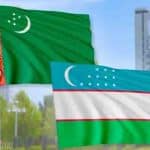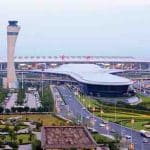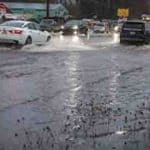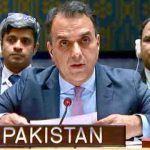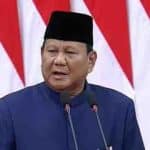Since the outbreak of the war in Yemen in 2014, six armed forces have been fighting for control in the Arab country.
The warring sides, who are in form of government forces, rebel groups, and terrorist organizations, receive external support.
Meanwhile, the international community recognizes President Abd Rabbu Mansour Hadi as the country’s legitimate president whose forces control most of the country’s desert lands.
The Hadi government was forced to resign in 2014 after the Houthi rebel group overran the capital, Sanaa.
Hadi fled to Saudi Arabia before he returned with the support of the Saudis and declared Aden as a temporary capital.
The conflict escalated as Saudi Arabia led an international coalition to reinstate Hadi and support the Yemeni legitimate government.
While the coalition forces support the legitimate government of Hadi, the UAE, a member state of the coalition, backs the separatist Southern Transition Council (STC).
The STC, meanwhile, vies for power in southern Yemen against the government.
Government and pro-government forces
Forces loyal to Hadi control Al-Mahra province and the three oil provinces east of the country namely: Hadhramaut, Shabwa, and Marib, in addition to parts of Abyan in the south and Al-Jawf in the north.
The Houthis have escalated attacks in Marib and Al-Jawf in recent days in an effort to take control of the oil-rich region. Marib is home to the headquarters of the Yemeni Defense Ministry.
In Abyan, government forces are stationed close to the UAE-backed STC forces after nearly a year of confrontations between the two sides.
The government forces are made up of around 300,000 members of tribesmen and former soldiers.
Poorly equipped, the government forces rely on Saudi Arabia both for financial and military support.
Houthi rebels
The Houthis, backed by Iran, control the capital Sanaa and other populated provinces in north, central, and west of the country and engage in clashes with government forces, the Saudi-led coalition, and the STC.
In recent months, Houthis have tightened their grip on Sanaa and have advanced towards Al-Jawf, Marib, and Al-Bayda. They also remain in the outskirts of Taiz, Al-Hodaydah, Hajjah, Saada, and Al-Dali.
Moreover, the rebels have launched drone and missile attacks on sites inside Saudi Arabia, including the capital Riyadh.
The Armed Conflict Location and Event Data Project (ACLED), which monitors political violence around the world, puts the number of Houthi soldiers at around 200,000, two-thirds of whom have been recruited since the beginning of the war.
UAE-backed forces
While the UAE’s intervention in Yemen initially came within the Saudi-led coalition to support Hadi’s government, the oil-rich Gulf country began establishing forces in the southern provinces loyal to it in mid-2016 to serve its own interests despite repeated condemnations from Yemeni officials.
The UAE financed and trained around 200,000 Yemeni fighters drafted in various groups like the Security Belt Forces, the Shabwani and Hadrami Elite Forces, Abu al-Abbas Brigade, and West Coast Forces.
These militia groups work independently from the legitimate government and even challenge it.
These forces, which operate in the provinces of Lahj, Al-Dali, Abyan, and Hadhramaut, have declared their allegiance to the separatist STC.
In accordance with the terms of the Riyadh Agreement, which was partially implemented in late 2020, the STC allowed the government to return to Aden but did not give up its control of Aden, Abyan, and Lahj.
Combined forces
The UAE also supports the National Resistance forces led by Tariq Saleh — the nephew of late president Ali Abdullah Saleh, who was killed by Houthis in 2017.
Saleh, who does not recognize the legitimacy of Hadi and his government, has sought control of the country’s western coast.
The forces, estimated at around 50,000, currently control parts of Taiz and Hodeidah provinces on the western coast of Yemen and frequently clash with Houthi militias.
Strategically located along the Red Sea, Al-Hudaydah Port is of crucial importance for Yemen as 90% of food products and 80% of humanitarian aid enter the country through it.
Al-Qaeda and ISIS
In April 2015, amid the ensuing civil war, Al-Qaeda terrorist organization took advantage of the chaos and took control of Mukalla city, the capital of Hadhramaut province, before withdrawing from it a year later following an understanding with a UAE-led military campaign.
Suspiciously, the organization disappeared for a while before announcing its presence through statements in Al-Bayda province, which also witnessed a limited presence of Daesh/ISIS terrorist operatives.
Both Al-Qaeda and Daesh/ISIS in Yemen are part of larger international terrorist organizations.
Yemen’s civil war has caused one of the world’s worst man-made humanitarian crises with 233,000 people killed, nearly 80% or about 30 million needing humanitarian assistance and protection, and more than 13 million in danger of starving to death, according to UN estimates.
Follow the PNI Facebook page for the latest news and updates.



